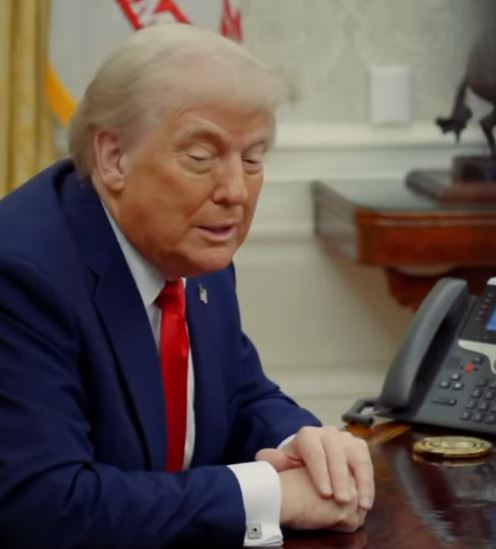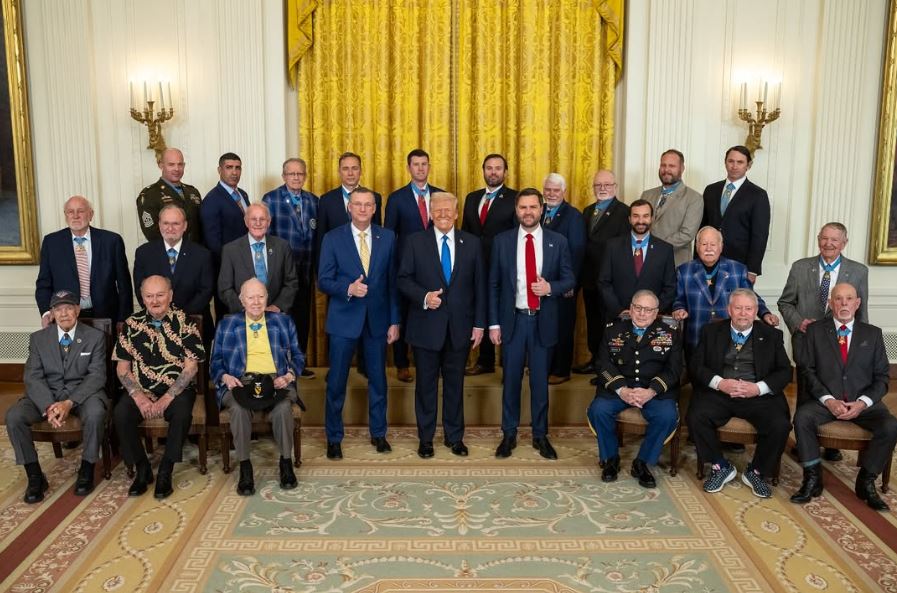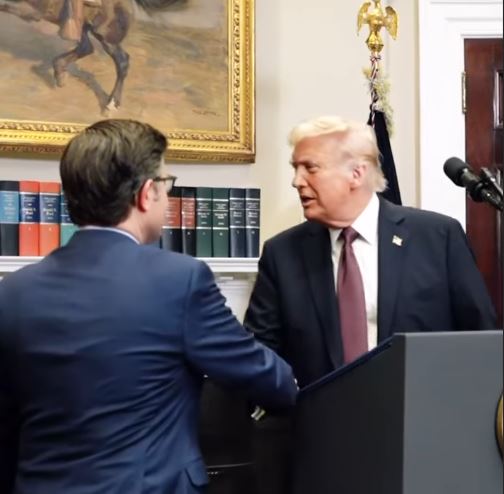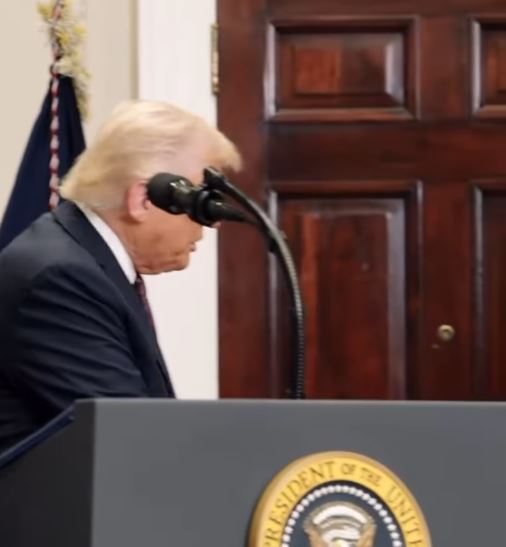US President Donald Trump launched a verbal attack on Federal Reserve Chair Jerome Powell on Thursday morning, implying his “termination” was imminent — despite having no authority to carry it out. The remarks followed Powell’s recent warning that Trump’s proposed tariffs were “highly likely” to fuel inflation and place the central bank in a “challenging situation” as it attempts to manage both economic growth and price stability.
++ Three-week cough? It could point to a deadly UK disease surge
Powell’s comments suggested the Federal Reserve had no immediate plans to reduce interest rates — a move Trump has repeatedly urged. On the same day, the European Central Bank (ECB) announced its decision to cut interest rates for the seventh time, prompting further criticism from the former president. Writing on his Truth Social platform, Trump said: “The ECB is expected to cut interest rates for the 7th time, and yet, ‘Too Late’ Jerome Powell of the Fed, who is always TOO LATE AND WRONG, yesterday issued a report which was another, and typical, complete ‘mess!’”
Despite his outbursts, Trump lacks the power to dismiss Powell. The Federal Reserve is structured to operate independently of the executive branch and political pressures. While presidents do appoint members of the Fed’s Board of Governors, the institution does not require presidential approval to set interest rates or pursue other policy decisions. Powell, who was renominated to the role by President Joe Biden, is expected to remain in post until his current term expires in 2026. He has already stated that he would not resign even if Trump requested it.
++ Turkish court denies appeal for Imamoglu’s release amid protests and international concern
Although presidents have historically attempted to sway the Fed’s decisions, they do not hold the legal authority to direct or remove its chair. Nonetheless, Trump has continued efforts to exert influence over the central bank, using his social media platform to issue public criticism and suggest policy moves. He also recently signed an executive order aimed at increasing presidential control over the Fed’s regulatory role. While this raises questions about executive overreach, Powell’s position, for now, remains secure.





